When someone asks me that most routine of questions – “Where are you from?” – I can predict what comes next.
“Idaho potatoes!”
I’ve experienced this automatic reaction to my Idaho residency all around the world. It’s reflective of some incredibly effective and enduring agricultural brand marketing. It’s also true: Idaho is the leading potato-producing state in the country and the volcanic soils of the Snake River plain are known for favorable conditions for high-quality spuds.
Potatoes are one of the most important food crops nationally and globally. But potato production can come at a cost. Potato farming typically requires heavy tilling during planting and harvesting, which in turn disturbs the soil.
During heavy rains, soil from Idaho’s potato farms can run off into the Snake River watershed.
During winds, that soil ends up in the air. It’s not unusual for eastern Idaho highways to close four times a year due to dust storms.
That frequent soil disturbance, in turn, requires farmers to make heavy use of fertilizers and pesticides. In his book Botany of Desire, author Michael Pollan notes that these chemical inputs have turned the soil of Idaho potato fields into a “lifeless gray powder.”
Conventional wisdom holds that it’s extremely challenging to grow potatoes using regenerative agricultural practices, methods that work with nature, benefit soil health and increase productivity.
But fourth generation Idaho potato farmer Ladd Wahlen, partnering with The Nature Conservancy, is demonstrating how nature-based farming practices can benefit soil and the environment. And potatoes.
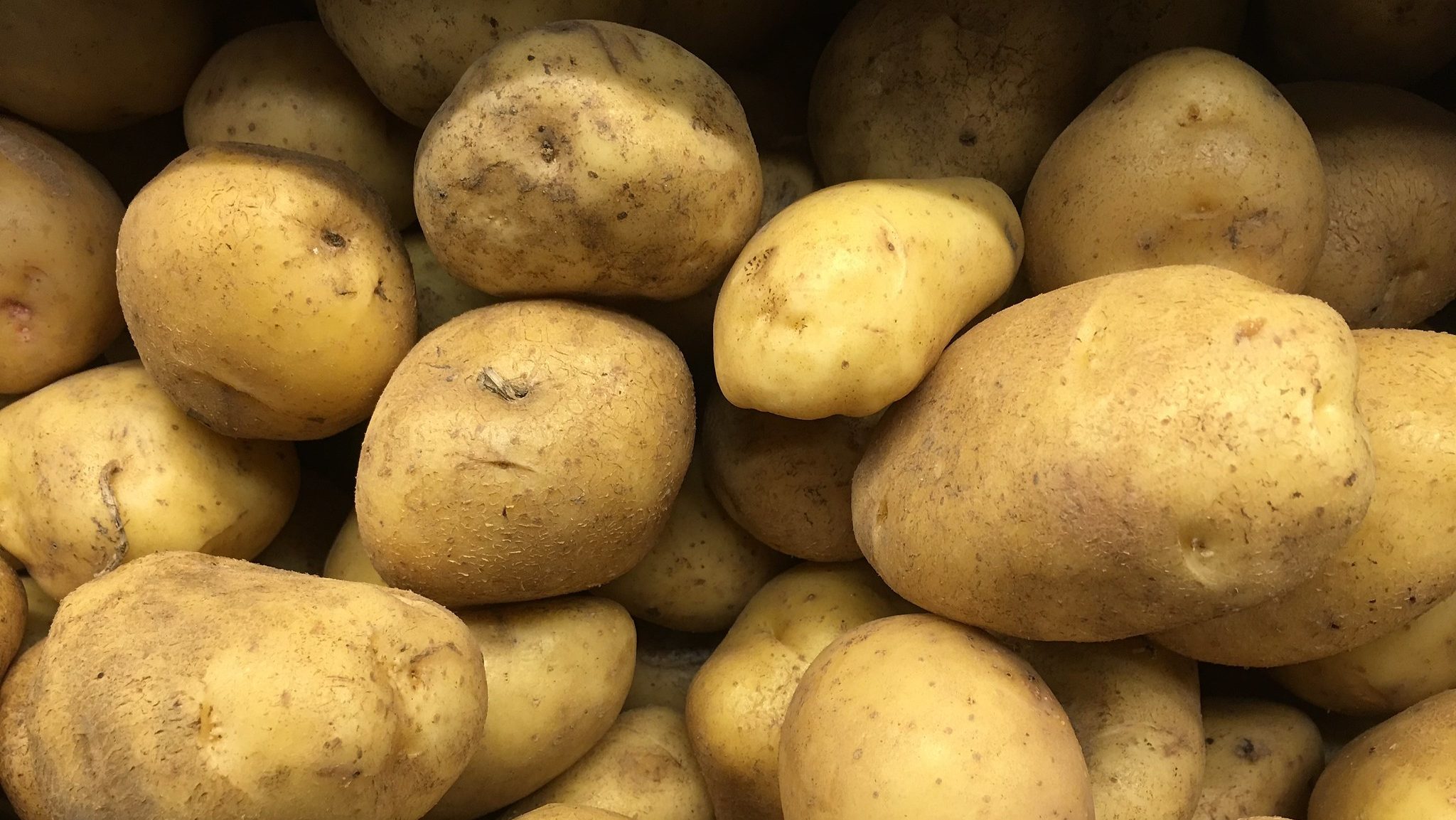
Nature-Based Potatoes
Brad Johnson, agriculture strategy manager for The Nature Conservancy in Idaho, hears the same thing in his meetings with farmers.
“They tell me regenerative agriculture won’t work on potatoes,” he says. “My goal is to prove that idea wrong. I want to show that we can make it work and we will make it work.”
Johnson acknowledges the inherent challenges in applying regenerative agricultural practices to potatoes. Nurturing and restoring healthy soils has often relied on no-till agriculture. Potatoes are root crops, so tilling is required at harvest. No-till is not an option.
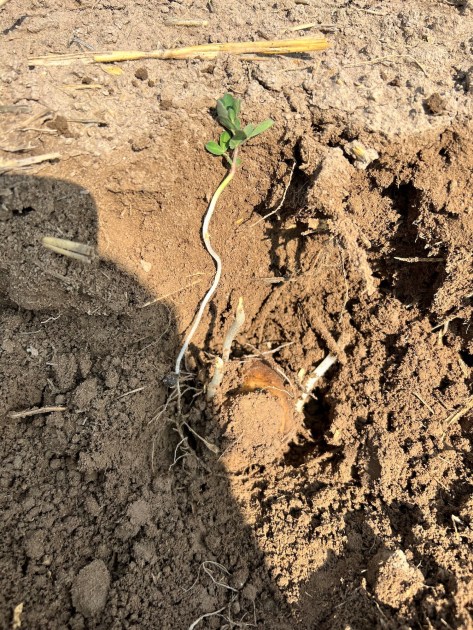
Still, he sees opportunities to largely eliminate erosion, significantly reduce chemical inputs and nurture healthy, biologically diverse soils. When someone asks for an example, he points to Ladd Wahlen’s farm.
Wahlen also is familiar with the skepticism, having heard it from his neighbors. But as long as he can remember, he’s been interested in sustainable agriculture and farming, as he puts it, “with nature rather than against it.”
In college, he studied the use of oil seed radish as a natural fumigant. When planted, the radish emits its own chemicals that have been effective in naturally controlling nematodes, microscopic roundworms that can devastate potato crops.
When Wahlen and his wife, Zoey, started their own family farm in 2016, he wanted to incorporate practices into his farm that benefit the soil and ecosystem.
“My whole goal as a farmer is to implement holistic practices that rely on natural solutions,” Wahlen says. “I want my farm to produce healthy soil and healthy potatoes.”
Wahlen is implementing an array of practices, many aimed at minimizing tillage. “Yes, soil disturbance is required for potatoes,” he says. “We’re aiming to minimize that.”
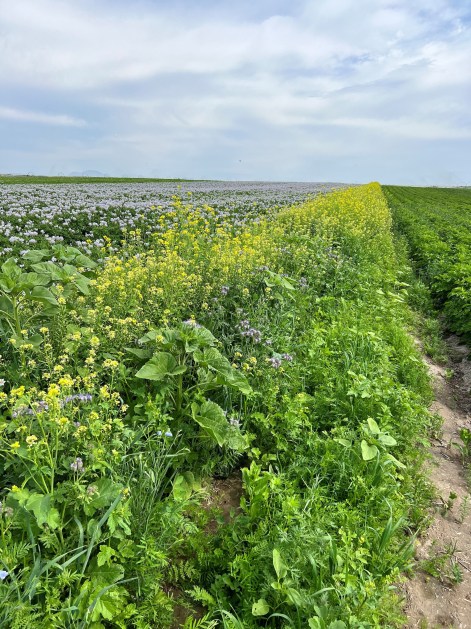
First, he has reduced tilling to only one pass preceding potato planting, helping to preserve the soil’s structure while also reducing fuel and equipment costs. Wahlen also incorporates a crop rotation. On years when potatoes aren’t planted, he grows alfalfa, wheat and a diverse mix of cover crops.
“This way, we’re promoting soil health on our off-potato years,” he says. “We can utilize low-till or no-till to protect the soil.”
He also utilizes livestock (usually cattle belonging to neighbors) on these fields, with their waste providing natural fertilizer. During years of potato production, he is experimenting with using companion crops as a potential alternative to a potato monoculture. And pollinator strips are planted – flowering species that attract beneficial insects.
One benefit of this is reducing chemical inputs. “Using integrated methods like this, we can reduce synthetic fertilizer use by 30 to 50 percent,” says Johnson. “We can reduce fungicide and insecticide use. We’ll eliminate wind and water erosion.”
Both Johnson and Wahlen emphasize that using regenerative agriculture to grow potatoes is a learning process. “We have to tweak as we go,” says Wahlen. “Idaho’s reputation for potato production is awesome and well deserved. This is an opportunity to build on that. We’re creating a new chapter in the Idaho potato story.”
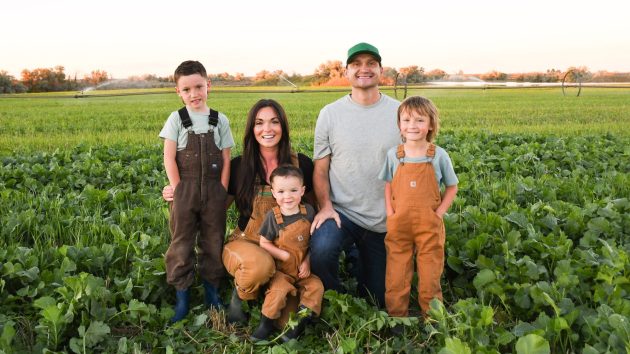
A Resilient Future
Part of The Nature Conservancy’s role has been the establishment of a 45-acre section of Wahlen’s farm as a demonstration project. Here, Wahlen’s practices and ideas can be shared with other growers.
“We want to show how potato production can reduce soil loss and benefit healthy food and healthy communities,” says Johnson.
Wahlen has seen an increased interest in nature-based practices from farmers as well as consumers. His family has their own potato chip brand, Roots Potato Chips, and part of that company’s mission is to educate consumers on regenerative practices.
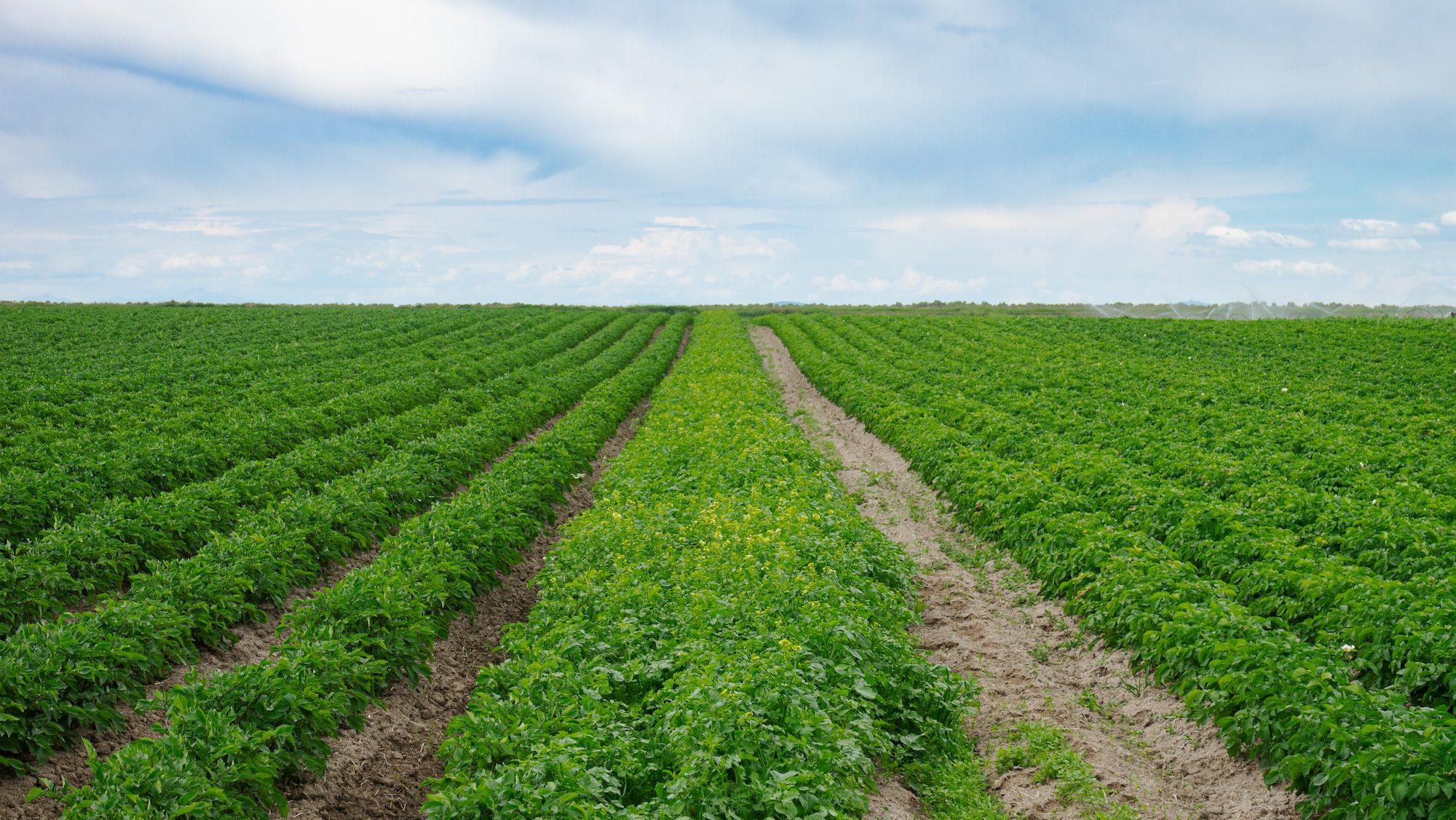
For Wahlen, regenerative agriculture also has a highly personal motivation. He wants his children, if they so desire, to have the opportunity to continue the farming tradition.
That isn’t an easy path, he says. Farming has lots of risks. Markets vary. Fuel and equipment prices rise. Weather fluctuations can devastate a crop, a factor becoming even more unpredictable with climate change.
“I want a farm that is resilient in the face of all these variables,” says Wahlen. “I want my children to be able to farm if they want to. And I want to provide a farm that has healthier soil, a farm that can withstand the fluctuations and unpredictable climate conditions. I want to create conditions that are much less dependent on external factors.”
“Regenerative agriculture affects the community and the environment,” he continues. “Everyone benefits from reduced runoff and reduced loss of topsoil. It is cool to be able to implement practices that benefit my children and the community, while also demonstrating to others that these practices can be implemented on more acres.”
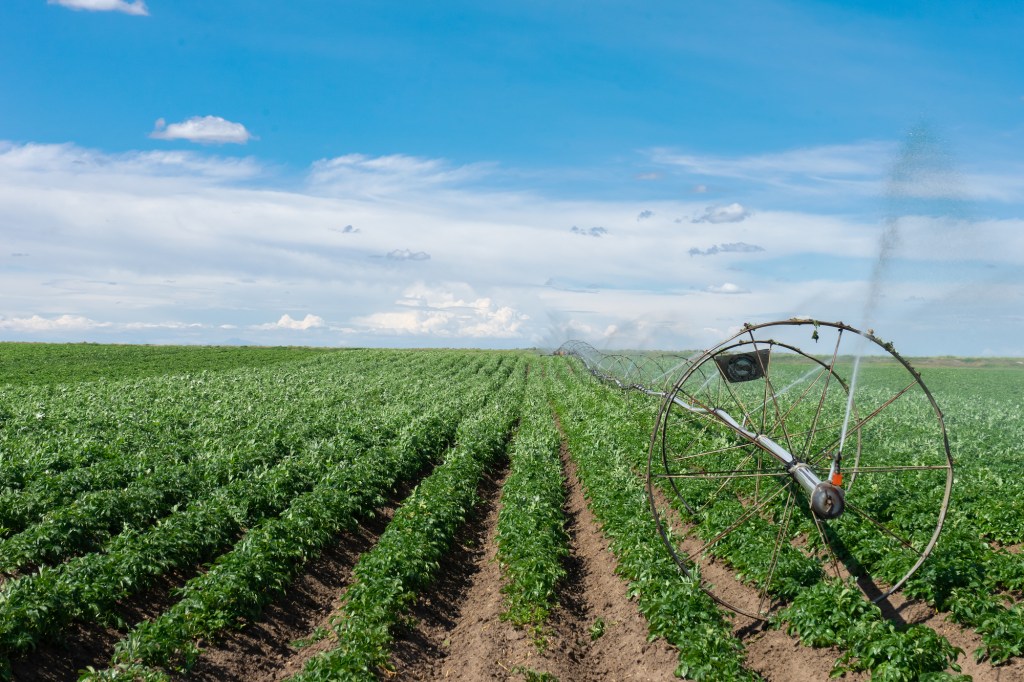



The ecology of Idaho varies region to region: The southern mountains has some rain for winter wheat, the central mountains have sheep in summer, the Spokane area has everything. But Potato country is the Snake River Valley, a lifeless desert before they irrigated.
Hi Nancy,
Thanks for your comment. The Snake River Valley was certainly a desert, but it was not lifeless. The remaining Idaho high desert is quite diverse with sage grouse, mule deer, pygmy rabbits, a tremendous number of resident and migratory birds and a surprisingly varied flora.
Matt Miller